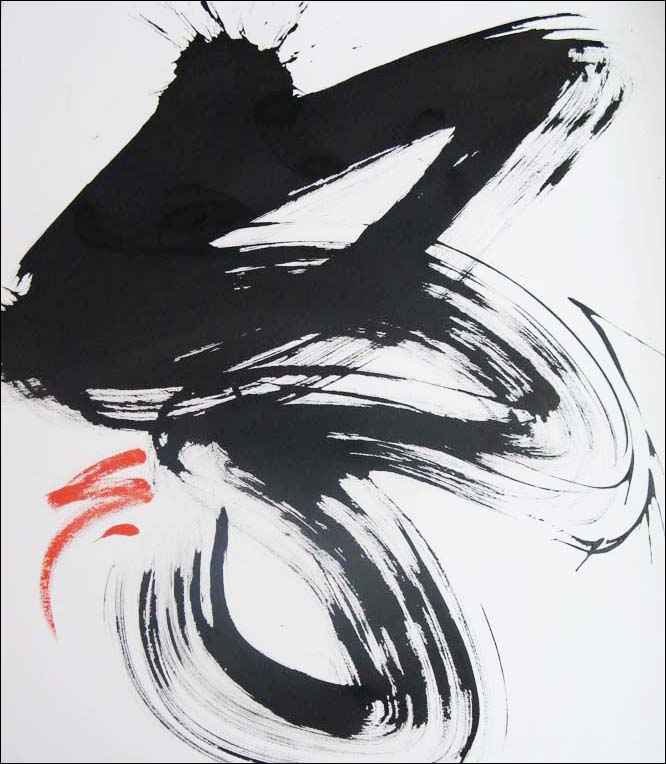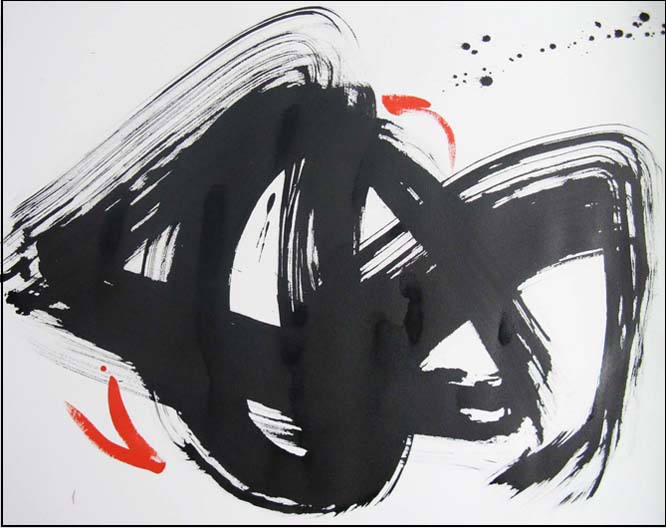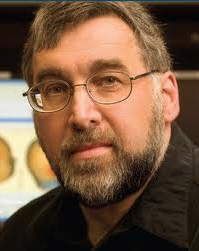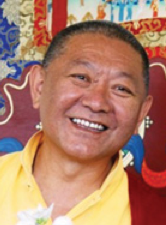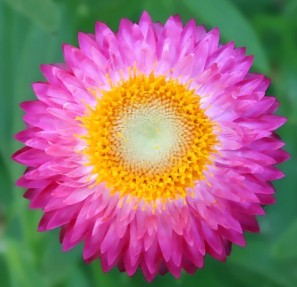By Elysabeth Williamson
Shambhala Mountain Center is delighted to offer a special partner yoga training with Elysabeth Williamson on May 29-June 3. Whether you’re a student or teacher of yoga, this five-day intensive is for all levels of practitioners interested in sharing a new form of yoga with others. Couples, friends and individuals are all welcome. Elysabeth is the developer and founder of Principle-Based Partner Yoga™, a powerful style she describes in her own words below.
 Let me begin with a simple introduction of Partner Yoga for those of you unfamiliar with this practice. Partner Yoga is two or more people joining together to deepen the impact and experience of a Yoga practice. The primary component that differentiates partner practice from individual practice is touch. We touch and are touched by others. We use traction and leverage, and the kinesthetic awareness that comes from touch, to open to greater depths in our bodies and all the levels of our being.
Let me begin with a simple introduction of Partner Yoga for those of you unfamiliar with this practice. Partner Yoga is two or more people joining together to deepen the impact and experience of a Yoga practice. The primary component that differentiates partner practice from individual practice is touch. We touch and are touched by others. We use traction and leverage, and the kinesthetic awareness that comes from touch, to open to greater depths in our bodies and all the levels of our being.
As with any spiritual practice, there are many benefits we can receive from Partner Yoga. Along with a deepened self-awareness, profound openings in our postures, we also strengthen our ability to enter into and remain in relationships in ways that are authentic and joyful. Relationships are the area where we most directly experience the dualistic nature of existence, as well as our most extreme emotions. When our relationships are flowing, life takes on a glow and we perceive everything through the eyes of love. And when our relationships are strained, we can often experience painful emotions that can feel difficult and overwhelming.
We experience this duality most profoundly in our intimate relationships, but it is true in all our connections – with parents, children, siblings, friends, society, even with Nature and the Divine. The desire to experience loving, vital and healthy relationships is with us our entire lives. From birth to death, we are constantly learning about relating to others, although sadly in our culture, we are given few tools or models to guide us. Yet despite our lack of skill in this area of our lives, there remains a deep yearning in each of us to experience love and acceptance in all of our relationships, including the one with ourselves.
Partner Yoga practices help bring our relational patterns into balance. In our partner, we have a mirror, a physical presence, that brings us into the present moment and paradoxically, more fully into ourselves. This presence supports us to integrate our insights into the very cells of our being, not just as a mental concept, but as a fully embodied awareness. Just as in our relationships off the mat, in Partner Yoga we experience directly what it feels like to build trust, compassion and intimacy with others. Our partners reflect back to us the qualities that we express.
One of the foundational practices I introduce is Back to Back Sitting Meditation. The power and intimacy of this simple posture comes as quite a surprise to almost everyone who experiences it. Here are some general instructions for this practice:
Both partners sit in an easy crossed legged positions with sacrams firmly pressed together. Maintaining a strong sacral connection is the focus of this posture. To strengthen the sacral contact, both partners first lean forward, shift hips back until pelvic bones connect and then then return to an upright position. Draw the lower abdomen up and in to strengthen the sacral connection. Make sure you are not leaning against your partner, instead engage the natural curve of the lumbar spine to lift sternum. Allow shoulder blades to lightly graze your partner.
Direct the breath into the back body and allow the breath to release tension from the inner and outer body. Sense the distinction between awareness of yourself and awareness of your partner. Let go of all preconceived ideas concerning yourself and your partner and instead rest in the experience of your essential sameness. Notice the deepened self awareness through conscious contact with another. Rest and meditate in this position for as long as comfortable, being aware that you are not leaning on your partner.
For many of us, there is a belief that most endeavors (Yoga practice included) are simply easier to do on our own – we can avoid dealing with the needs and feelings of others. Partner Yoga practices unravels this belief and reveals the beauty of our interdependence. We see that when we take the risk to reveal our vulnerability in the presence of another, we are empowered to go much deeper with much less effort. This is also true in life. We can accomplish much more, with much more joy and ease when we willingly and joyfully support each other.
Partner Yoga is not a substitute for individual practice. It is a newly emerging visionary, healing art that teaches the fundamental value of joining and sharing with others. It demonstrates how we become more authentic and empowered through our willingness to open and connect with the world around us. I’d like to emphasize that Partner Yoga is NOT FOR LOVERS ONLY – it can be practiced by any two or more willing participants – friends, acquaintances, siblings, parents and children. Previous Yoga experience is not even required although it can be helpful for some of the more advanced practices.
The need for practices that open our hearts, heal our sense of separation and show us how we are all the same is more urgent than ever – and I am honored and deeply grateful for the opportunities to share this practice with others.
Click here to learn more about the upcoming Partner Yoga program May 29-June 3
Elysabeth Williamson is the founder of Principle-Based Partner Yoga™ and the author of ‘The Pleasures and Principles of Partner Yoga’. She also released a state-of-the-art iPhone app ‘Partner Yoga Touch’ both award winning projects. For more info: www.partneryoga.net


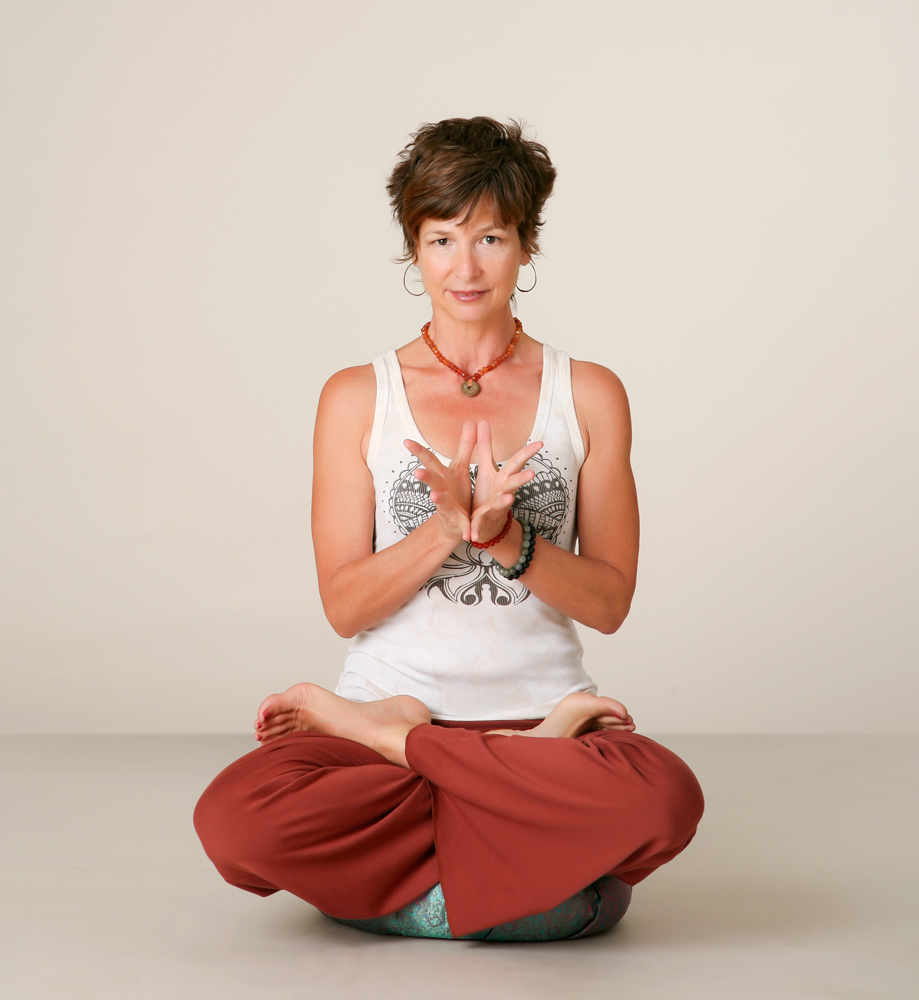


 I don’t remember how I found the Shambhala Center in Boulder or why I started meditating. No one had recommended meditation or suggested I might benefit from mindfulness. I’m pretty certain I just wandered in one day. All I remember is I found myself sitting in the Shamatha Shrine Room at a Monday Night Open Class listening to senior teacher Jim Yensen and wondering what the heck he was talking about.
I don’t remember how I found the Shambhala Center in Boulder or why I started meditating. No one had recommended meditation or suggested I might benefit from mindfulness. I’m pretty certain I just wandered in one day. All I remember is I found myself sitting in the Shamatha Shrine Room at a Monday Night Open Class listening to senior teacher Jim Yensen and wondering what the heck he was talking about.
